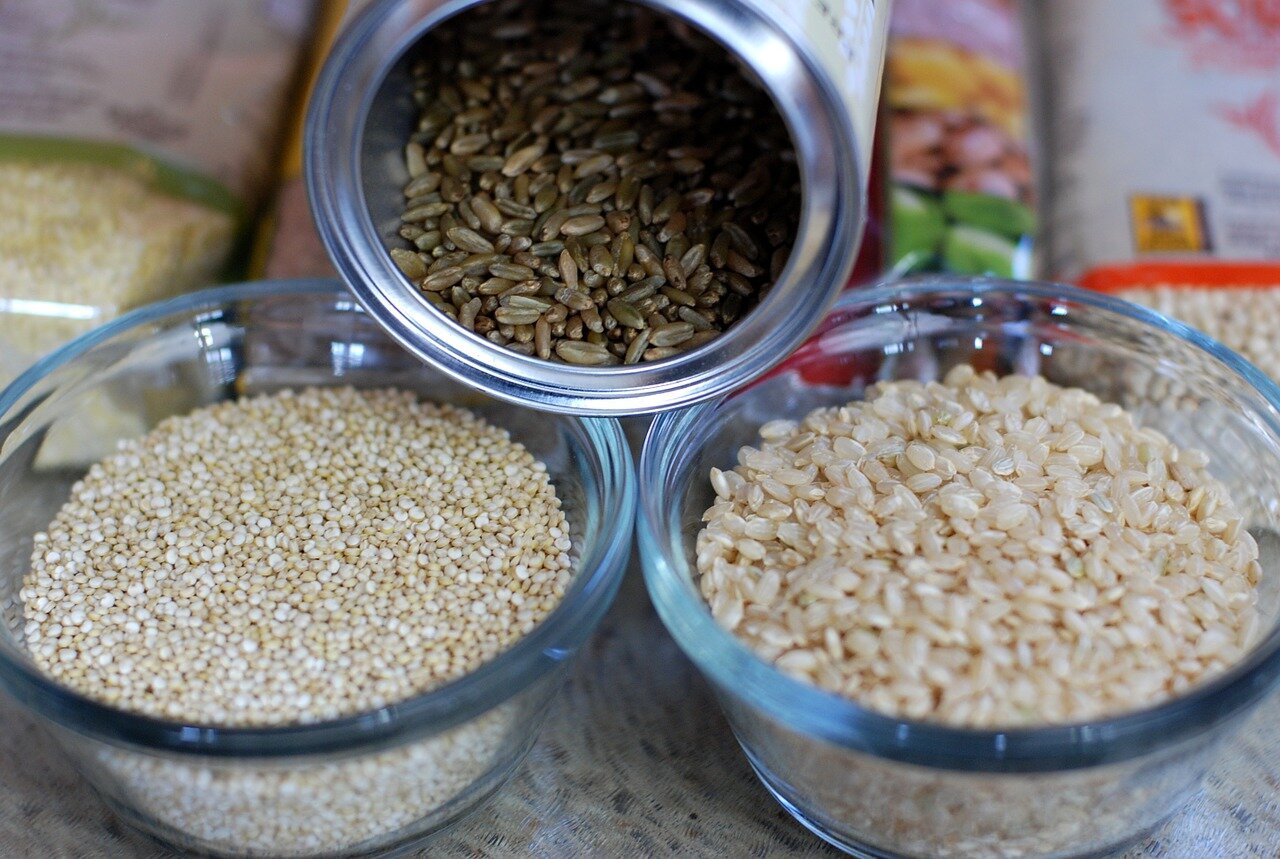
Photo Credit: Pixabay
Due to the number of food trends, you may be perplexed as to what classifies certain food groups, like whole grains. Grains of all kinds begin as whole grains in their natural state as they contain the plant’s entire seed. This seed contains three parts: the endosperm, germ, and bran, which are protected by a husk to safeguard against external elements. When these three parts are retained, they provide a number of health benefits. It’s no wonder they have been an essential meal component, even in ancient diets.
Good for you
Brown rice is probably one of the most common whole grains, and at Wafuken, our brown rice featured here, imports rice in its raw state to retain freshness, which is later on milled when it arrives in the country, for the best quality. This grain helps stabilise blood sugar levels, and is likewise rich in antioxidants, fibre, manganese, and selenium, which prevent chronic and terminal illnesses. There are various other whole grain options such as quinoa, barley, bulgur, millet, sorghum, and freekeh. These also contain vitamin E, B vitamins, and iron. Studies show that regular consumption of whole grains lessens the chances of obesity, heart disease, diabetes, digestive- and hormone-related cancers, and high cholesterol too.
Easy to prepare
People who have never cooked whole grains before may be hesitant to do so, thinking it requires a more complex procedure than say, cooking white rice, if that is what they are used to. However, this website walks you through the process as it provides detailed reviews on various rice cookers you can choose from. This will make the entire process stress-free as rice cookers do all the heavy-lifting for you. You’ll soon realize that all it takes is following the recommended instructions for each type of grain, and then you’re pretty much good to go. You can also mix it up from time to time – there are so many whole grain options to choose from, so you’ll never run out of new grains in your arsenal.
Delicious alternatives
Singaporean cuisine, or Asian cuisine, in general, is heavily reliant on white rice. If you’ve got a craving for a home-cooked dish but are trying to stay healthy, you can always look for substitutes for some ingredients without compromising flavour. In fact, dietitians like Ashley Koff advise against cutting carbs completely out of your diet as you will run the risk of missing out on essential nutrients. Instead, switch out refined carbs for healthier alternatives like whole grains – it’s a great place to start and you may hardly even notice the difference. You can continue to make Hainanese chicken rice with brown rice, Nasi Goreng with quinoa, congee with millet, or mix-and-match your favourite dishes served on healthy grain bowls donburi-style. The iterations are endless.
Interesting textures, varied flavours, extreme versatility, numerous health benefits – what’s not to love? If you’re still sharpening your culinary skills, Wafuken also offers healthy and customisable lunch/dinner delivery for you to enjoy guilt-free.
Reference links:
https://www.healthline.com/nutrition/9-benefits-of-whole-grains#section1
https://www.medicalnewstoday.com/articles/323255#The-benefits-of-betaine
Article for www.wafuken.com by Jeni Been


